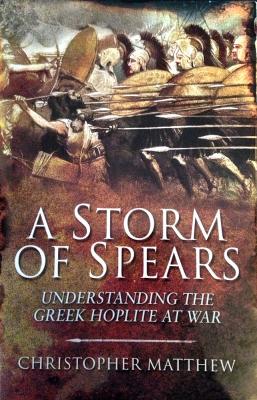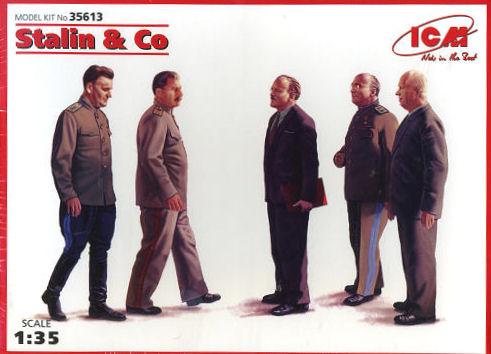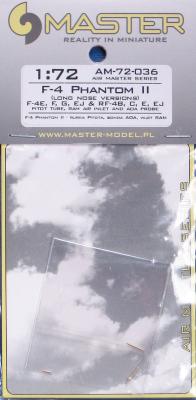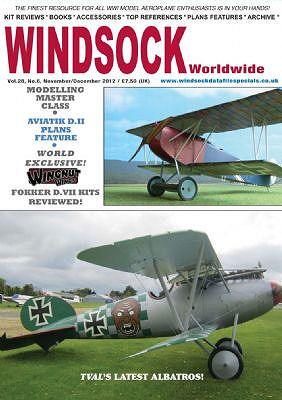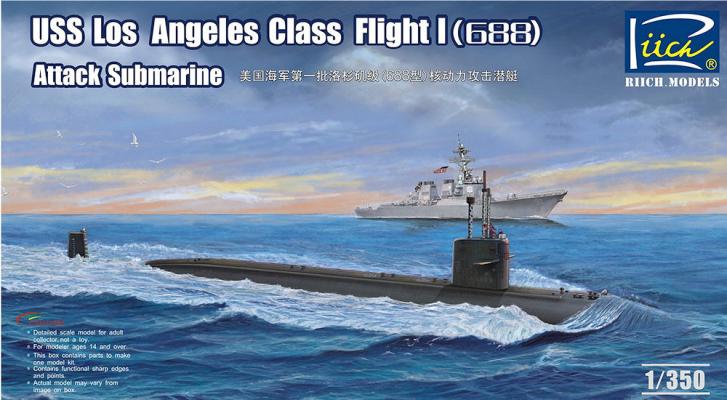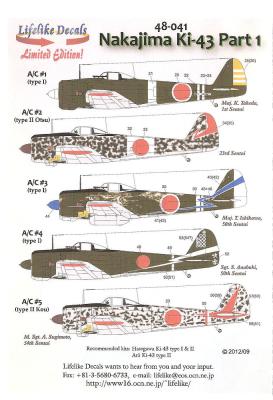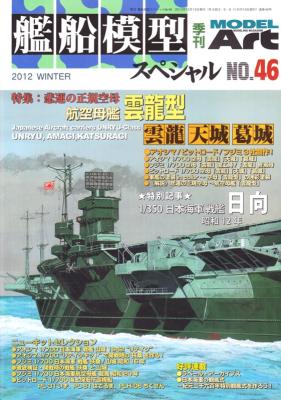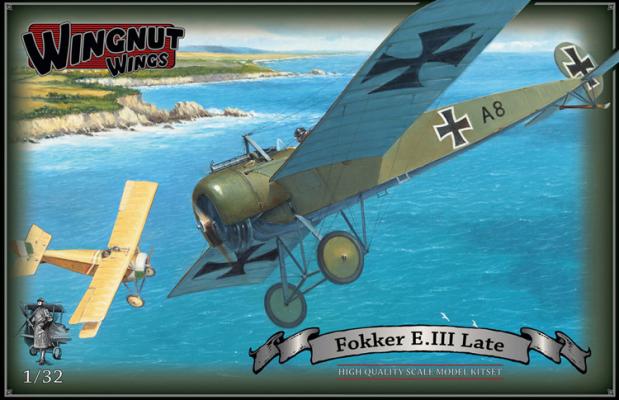Have you ever struggled over a problem or edited your own writing, only to have someone look at it and see the thing that you couldn’t find or solve in seconds? That’s how I felt reading this book. The Greeks dominated the fourth and fifth century BC battlefields with the Phalanx form of warfare, which combined the use of specially armed and armored soldiers (or Hoplites) in specialized formations. As the title implies, the author has taken a fresh look at old evidence of ancient Greek writers and artists and coupled that with modern research, primarily in the form of re-enactors who put on the Panopy, (or armor) and the weapons – in this case, the thrusting spear of the Greek solders – and tests his theories of methods and tactics. In the process, some interesting and groundbreaking developments emerge that shed new light on just what the ancient writers meant and how much artistic license was used in creating the vase paintings we envision when we think of this period of history.
What's New
I have always been a fan of historical miniature figures, especially if I happen to know who they represent. IMC from Ukraine hase produced a set of figures that are right up my alley. This five figure set is called Stalin and Co., and consists of Joseph Stalin and some of his bad guys. Those represented are Joseph Vissarionovich Stalin, Commissar Nikita Sergeyevich Khrushchev, Minister Vyacheslav Mikhailovich Molotov, NKVD Chief Lavrentiy Pavlovich Beria, and Marshall Nikolai S. Vlasik.
Since I remember all but Marshal Vlasik, I knew what they should look like. I looked up each one as a backup to my memory and found that each figure looks exactly like their photos. I also researched their histories and found that they were truly not nice guys.
Hasegawa has released their 1/72 F-15E Strike Eagle kit several time, and this latest release (kit#01569) does sport three new sprues and one sprue from their JDAM weapon set that provides the Lantrin pods. Comparing an earlier release to this one, I did notice that some smaller parts are beginning to show fine flashing, at least on this kit that I have. However, the recessed panel lines are still as sharp and fine as ever. You may ask if with these new parts, does this F-15E finally build into the ultimate F-15E? You'll have to read the review to find out, but I will tell you that the new J sprue provides new CFT's, correct pylons, bulged main gear doors, bulged gun door, and two proper instrument panels; the K sprue provides a new arresting hook; and the new M sprue provides the final two CFT pylons. The existing G sprue (clear parts) has been modified to include the wide HUD found on F-15E's (part G6).
Contents
Made for the long-nosed versions of the F-4 Phantom II, Master Model has created a beautiful set of metal probes for your 1/72 build. This set includes the nose-mounted pitot tube, side-mounted Angle of Attack (AOA) probe, and vertical stabilizer-mounted Ram Air Inlet tube. As with previous Master products, the detail and quality of the parts are exceptional, especially considering these are extremely minute parts in 1/72 scale!
Construction
Hasegawa’s newer-tool F-4E was chosen to receive these fine detail parts. A great kit in its own right, you can easily see how much of an improvement these metal replacement parts are compared to the injection molded plastic ones included in the kit.
The Nov/Dec 2012 issue of Windsock Worldwide concludes Volume 28 and serves as further proof that Albatross Productions continues to publish the best WW I aircraft modeling magazine available anywhere. This issue of the bi-monthly publication provides a number of exclusives for WW I aircraft model builders and historians. The cover photos provide a look at two of them: Wingnut Wings’ new Fokker D.VII kits, and TVAL’s third full-size replica, an Albatros D.Va.
Inside, the first regular column; the READER’S GALLERY, presents six featured models in 1/48 and 1/32 scale…with one, a Roland D.II cleverly constructed from LEGO pieces. Then, LOGBOOK ENTRIES reviews a new book titled Nachtflugzeug! German N-Types of WW I, and the latest issue of Cross and Cockade International (Vol.43, No.3). Following that, photo coverage is provided of one of the subjects on the cover, TVAL’s replica Albatros D.Va.
I was a sonar technician on the USS Tecumseh, an SSBN, for 3 years while it was being overhauled at the Newport News, VA, shipyard. We were tied up at a pier during the refit, and the 688 class attack subs were docked at the next pier. As a result, I was able to walk all over LA class subs, visit them, and got pretty familiar with them. Most of the attack boats were being upgraded from Flight I to Flight II at this yard, adding the Tomahawk vertical launch tubes. So I jumped at the chance to build Riich’s 688 class, Flight I model.
I’m not a big fan of the 3-piece hull provided, but the option of making this boat as a waterline model is COOL. I stopped and took photos before I put the upper hull and lower hull together, just to show this.
I had to use a good amount of putty to get the hull sections to mate up, as they didn’t match perfectly. But with some putty and a #10 X-Acto blade, it was pretty easy to get it looking decent.
This is one of two new sheets Lifelike Decals has released covering the Nakajima Ki-43. A quick check of Lifelike’s website reveals that this latest addition to their line is only available in 1/48 scale at the moment. The website is definitely worth a visit, as they not only list their products, but from time to time also give updates and corrections to existing decal sets.
The instructions consist of two sheets of paper (approx. 8 1/2” x 11”), each printed on one side and folded together, resulting in a small booklet. One sheet is printed in full color and provides profiles of the aircraft, while the second features in-depth text describing each subject. Clearly, a lot of time and effort has gone into the research on this sheet. 13 different reference books (or websites) are listed and cited throughout the individual aircraft descriptions.
Introduction
Growing up building all genres of AMT/ERTL/MPC kits, it was sad to watch the demise of the company to a shell of its former self. Being a particularly big Star Trek fan and with AMT being the only game in town all those years ago for Star Trek models (before the internet), it was a sad to see them go.
Then, a few years ago, along came Round2 – acquiring the AMT/MPC molds, fine-tuning several of them, and re-releasing most of the old kits we all remember. Many are being re-released with Retro-Style packaging, while others are being issued with all-new box art and packaging. In late 2012, Round2 re-released Star Trek Deep Space 9 (DS9) in a new, colorful package with a short history of the space station on the box bottom. Thanks to Round2 for reviving those old Star Trek kits, for updating a few of them like DS9 (to include the USS Defiant), and especially for bringing out the new ones!
This is Model Art Magazine’s special quarterly issue that focuses on naval subjects. As with the regular Model Art Magazine, this is printed in Japanese with some English subtitles.
In this issue, the main focus is on the IJN Unryu-class aircraft carrier. There is a multitude of color and black and white photographs that show both models and period photos of the ships in this class.
The rest of the issue is a series of smaller articles mainly dealing with IJN subjects. One of the other articles covers models of three Japanese Coast Guard vessels by Pit Road Models. The last non-IJN article covers Revell’s USS Flasher, Growler, and Lionfish submarine model kits. This is not three different kits — it’s the same one marked differently over the lifespan of its molds.
Overall if you have an interest in naval vessels, especially IJN subjects you would find this issue interesting.
Resuming after a holiday break, I finished the model on January 2. Once the fuselage was closed and the wings and undercarriage were glued, the major work involved rigging the undercarriage, wings and control wires.
Castor Oil, Grim, Mud, Dirt and Goo
Reference photos show that once an Eindecker went into front-line service, it rapidly became stained, oily, and dirty. The two main factors were the dirt and grass airfields, which soon became muddy during most months of the year (except when they became snow-packed ice fields), and the engines which threw off their lubricating fluid as they operated. My understanding is that this was primarily castor oil, or some similar substance that was ubiquitous to all rotary engines. Consequently, I had no choice but to dirty up the wings and fuselage. Fun!

